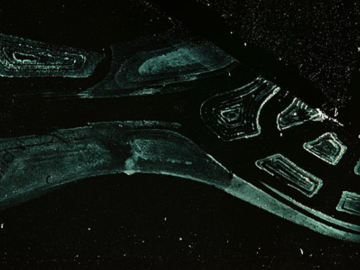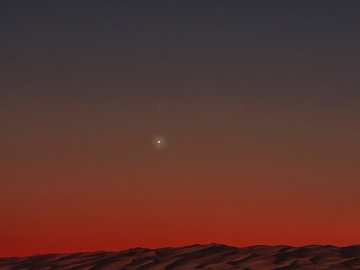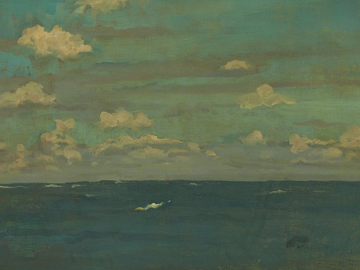Space Chimps (ii) Enos
Benjamin Dodds
Remember your training, man.
Three discrete shapes on a screen:
circle, triangle, circle. The eggheads
call it an ‘oddity problem’—find the anomaly
give its lever a pull. Nicely done.
From a chute your pellet
of freeze-dried fruit drops: reward.
Up for another? Two green triangles
a solitary circle. Can’t fool this one
boys! He’s here to impress.
Just as in ground-training
chimp Enos, crewman-simulate
NASA’s puzzle champ, doesn’t miss
a trick. Forget that every
hour-and-a-half he racks
up another loop of the earth.
He aims for perfect score
banana pellets on-tap—not once today
(the day that counts)
has our guy been dealt the zap
—screwing the soles of two
wrinkly feet to live electrodes
was someone’s pre-launch
waste of time. The next geometric
trio’s just as preschool-easy.
He slaps at the answer
not skipping a beat
but searing voltage
pierces feet as he transmits
a stream of squealing telemetry down to Mission
Control. Something’s
not right, but the fault doesn’t lie
with him.
The next response (correct, of course)
earns a jolt that would bounce him
out of his seat if only the straps
offered slack.
With each fresh orbit, Enos
isolates, indicates
anomalous shapes, waits
for food and the hard-earned
relief that long ago ceased
to come. Someone’ll
have to write this all up.
Why does nothing
work as it should?
Airplane Baby Banana Blanket interprets the bizarre true story of Lucy, a chimpanzee raised as the ‘daughter’ of Oklahoma psychotherapist Dr Maurice Temerlin during the 1960s and 70s.
‘Space Chimps I’, ‘Space Chimps II’ and ‘Space Chimps III’ signpost the close of each of the book’s three sections. They tell the story of two other chimps — HAM and Enos, unwilling participant’s in NASA’s Mercury Program.
Listen to Benjamin read the poem:


